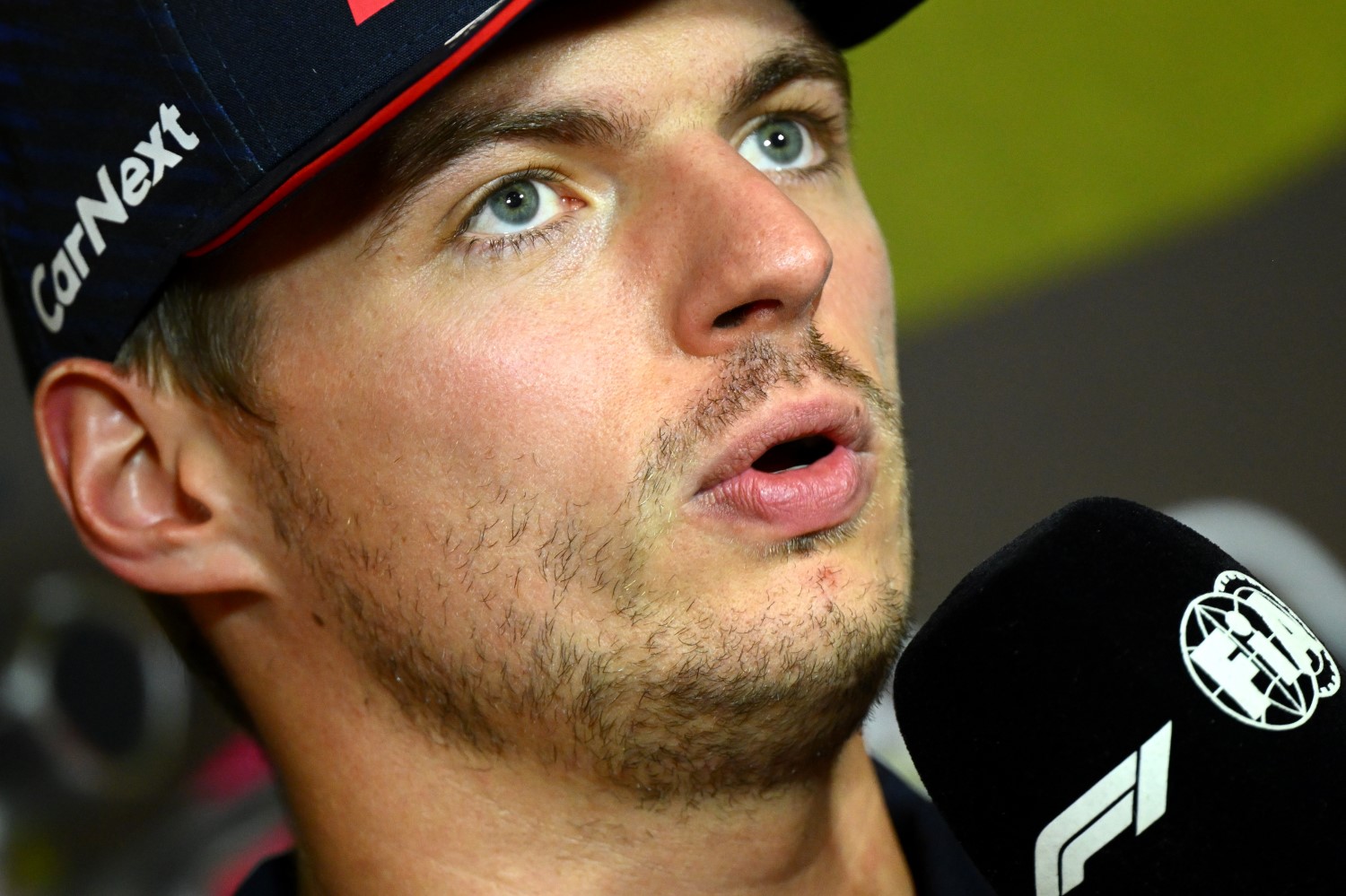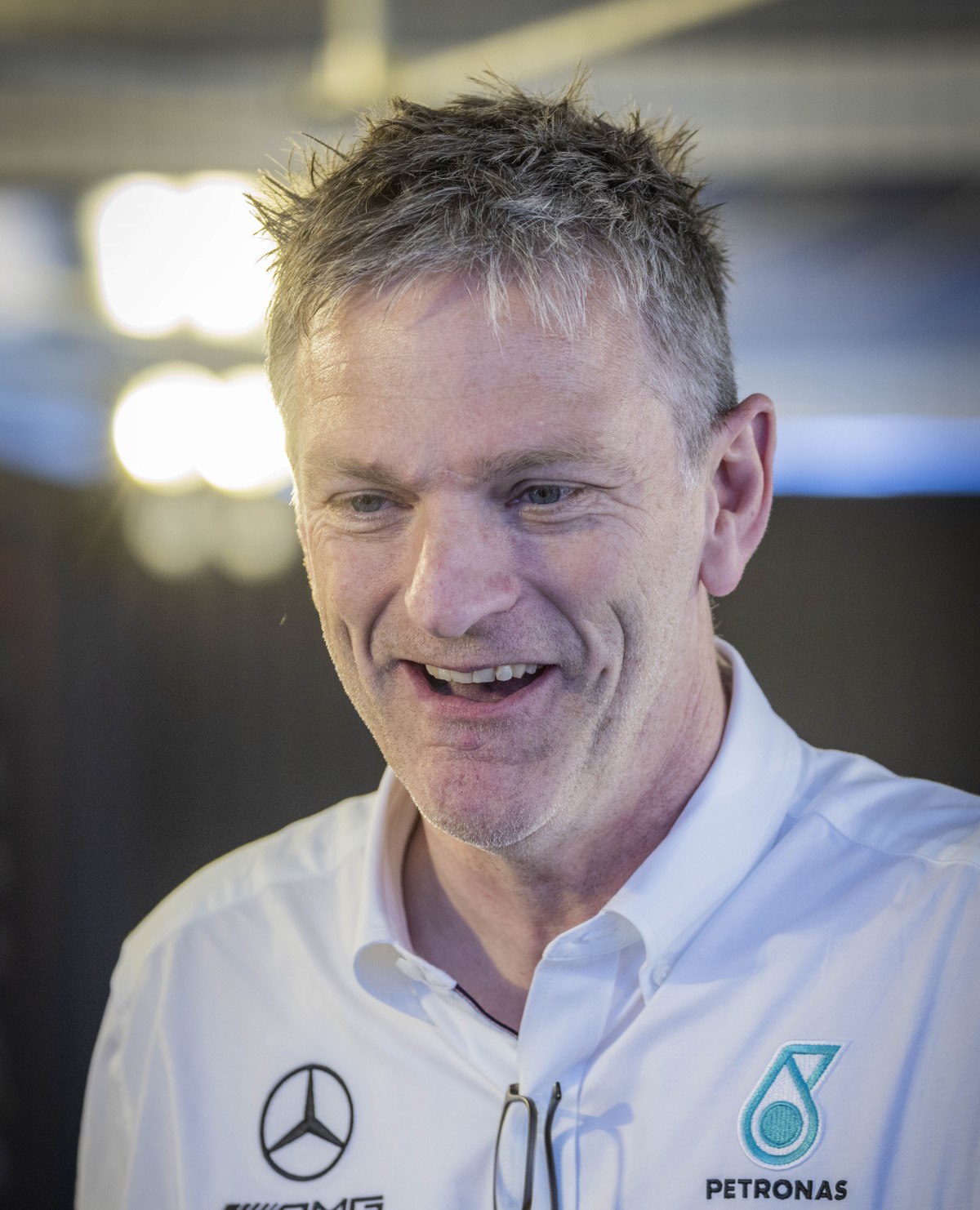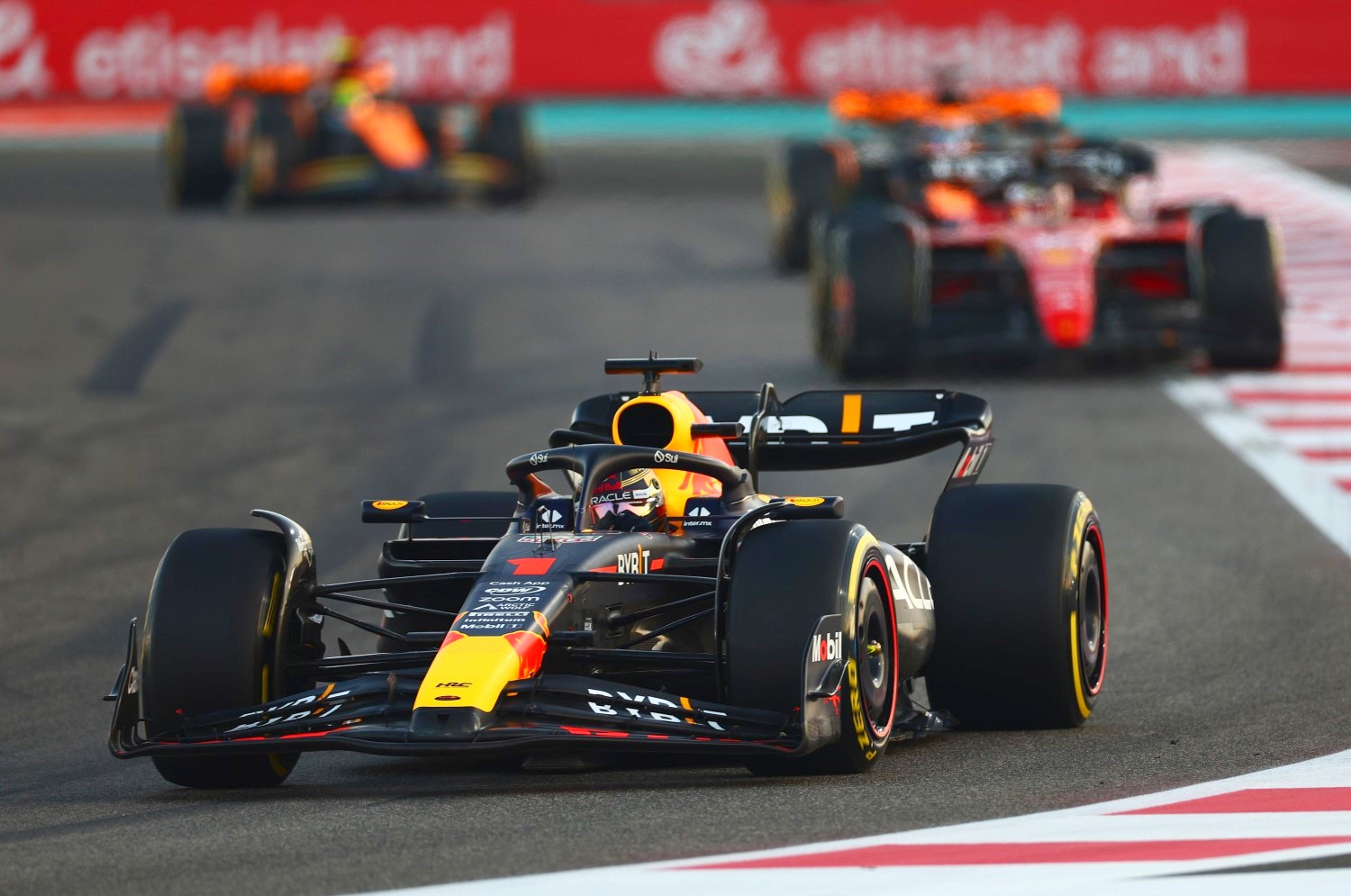F1 News: Verstappen’s secret is ability to change driving style
One reason World Champion Max Verstappen is so dominant in F1 is his ability to adapt to any car Red Bull gives him – better than any teammate.
–Mark Cipolloni–
Amid speculation that Red Bull tailor their cars to suit Verstappen’s driving style, the Dutchman dismisses the notion, asserting that the key lies in his ability to adapt to the cars he is given.

“When people ask you: ‘What is your driving style?’, I can’t tell you because it’s about being able to adapt to certain situations or what the car likes as well.”
He highlights the the need for flexibility in response to varying car behaviors.
Verstappen’s stellar 2023 season, marked by a historic 19 wins out of 22 races, sheds light on Red Bull’s development philosophy.
According to the Dutch sensation, the team prioritize adding speed to the car over maintaining a specific balance.
“Throughout the year, the team just applies upgrades to the car to make it faster. Not to try and follow a certain balance direction or whatever,” Verstappen explains. The pursuit of overall load and grip dominates Red Bull’s strategy, requiring Verstappen to adapt his driving style accordingly.
Reflecting on the ever-changing dynamics of Formula 1, Verstappen acknowledges the fluctuating balance of the car. “It’s very up and down in terms of balance, it’s not always on the nose. Some tracks you cannot run it like that.”
Current generation F1 cars very stiff
Mercedes technical director James Allison feels the super-stiff low ride height demands of the current ground effect cars requires drivers who can change their driving style.

Speaking about the difference between the old rules set and this one, Allison said: “You guys in the media used to carry on endlessly about high-rake, low-rake cars as if that was the beginning, end, and middle of everything.
“A high-rake car was around 140mm [rear ride height]. A low-rake car would be like 120mm or whatever. Well, both of them are stratospheric ranges compared with these cars.
“These are all cars that are setting off in the 60mm range. There might vary a few millimeters here or there,
“And it’s hard to persuade the car to do all of those things with a set of rules that basically don’t want to do anything except be near the ground.”
Allison said that it was a situation that he did not particularly relish – and he reckoned that even someone who is enjoying success in the current era like world champion Max Verstappen is not especially happy.
“I’m sure I bang on about this because it’s been a bug-bear of mine, but I personally don’t think it’s a great thing. I don’t think it’s good having the cars operating, when they leave the garage, with that much space to the ground,” he said, signalling a few millimeters with his fingers.
“You get the person who’s winning the championship by one of the biggest margins ever, and has every reason to love his car to bits, and I doubt he’ll tell you it’s a lovely thing. It is not like it was a couple of years ago.”
“Well, you could have a car that was a little bit more one-dimensional at tracks that are a bit more one-dimensional. So if there isn’t a big speed range, then you could maybe set your car up such that the corners coincide with where your good bit is, and you don’t suffer horribly for it dropping away either side.
“But when you go to a place that’s a bit more of a broad test of a car, like Austin for example, where you’ve got real fast stuff, some slow stuff, and some in-between stuff, and some decent straights, and some bumps, then that’s going to test the bit where it’s falling off the back end of the performance. It’s going to test the end of straight [downforce] failure, it’s going to need to stay strong in the fast [corners].
“And it’s hard to persuade the car to do all of those things with a set of rules that basically don’t want to do anything except be near the ground.”
Allison said that it was a situation that he did not particularly relish – and he reckoned that even someone who is enjoying success in the current era like world champion Max Verstappen is not especially happy.
“I’m sure I bang on about this because it’s been a bug-bear of mine, but I, personally, don’t think it’s a great thing. I don’t think it’s good having the cars operating, when they leave the garage, with that much space to the ground,” he said, signalling a few millimeters with his fingers.
“You get the person who’s winning the championship by one of the biggest margins ever, and has every reason to love his car to bits, and I doubt he’ll tell you it’s a lovely thing. It is not like it was a couple of years ago.”
